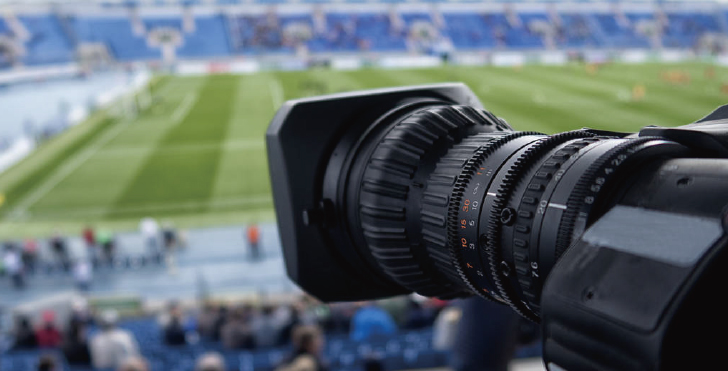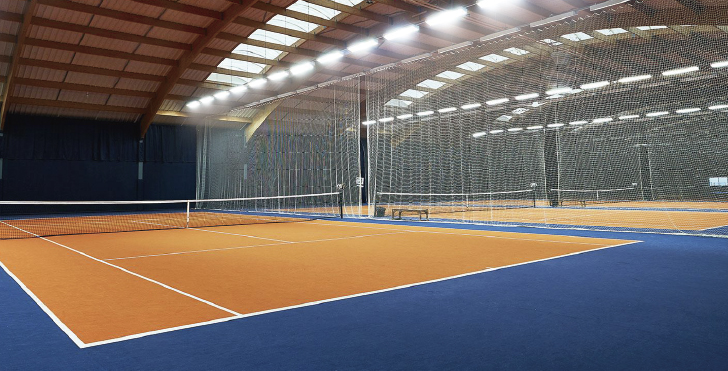2021-09-06
Broadcasting & flicker free
Super Slow Motion (SSM) cameras operate at shutter speeds above 150 frames per second (fps) and are now typically used between 300 fps and 600 fps to produce slow motion clips of the action. Cameras with speeds above 300 fps are usually called'ultra-slow-motion'(USM).
Both traditional lamp and lighting technologies and control gear as well as solid-state light sources and drivers can produce a 100 Hz light modulation which is detectable to the camera at these frame rates. The 100 Hz or higher light modulation frequencies become visible as artefacts when SSM/USM recordings are displayed. Typical artefacts are flickering displays or banding. The severity and type of visible artefact depend on the type of shutter and on the frame rate selected. To avoid visibility of artefacts due to light modulations detected by SSM/USM cameras it is necessary to specify the maximum values of these light modulations. The specification is expressed using the metric modulation depth, more commonly referred to as Flicker Factor.
Flicker Factor FF (Modulation Depth) is defined with Formula (3) and can be derived by the illuminance modulation over time.
 Ehor Min the minimum horizontal illuminance in time at point on the calculation grid;
Ehor Min the minimum horizontal illuminance in time at point on the calculation grid;
Ehor Max the maximum horizontal illuminance in time at the corresponding point on the calculation grid.
For integration times of 1/15 s to 1/2 000 s a FF< 1 % will give flicker free pictures. This is independent of illuminance level. For frequencies above 40 kHz the FF should be relaxed to≤ 5 %.
Unwanted artefacts caused by flicker can be controlled by;
For integration times of 1/15 s to 1/2 000 s a FF< 1 % will give flicker free pictures. This is independent of illuminance level. For frequencies above 40 kHz the FF should be relaxed to≤ 5 %.
Unwanted artefacts caused by flicker can be controlled by;
Using a lighting system which complies with this specification for flicker;
Electronic ballasts;
Avoid light level control using pulse width modulation.

Smart control
Design of the lighting installation for multi-sports halls is a complex matter in which the conflicts between the requirements of different sports need to be resolved. A multi-sports hall with games or activities of handball, bandy, volleyball, basketball, pretty much any- thing.
DALI lighting control at the planning stage is advisable. Sometimes there is a folding partition wall in the center enabling physical education lessons to be split over two areas or the hall is twice the size with a partition wall in the middle to make two full-sized playing areas. Some halls divide the surface into smaller sections, these divisions with partition walls should also divide occupancy detection in the premises.

Maintenance &Warranty
In addition to the optical performance requirements of lighting products, installation and maintenance costs are also one of the items that our sports hall operators must consider.The simple and flflexible installation method can meet the light requirements of the sports hall and save installation cost. In addition, excellent warranty are also one of the necessary conditions, because for projects with high utilization rate and diffificult installation condition, if a lamp is defective, the loss to the operator will greatly exceed the cost of just “replacing a single lamp”.
Related Links:http://www.ervan.cn/article/new_product_news/INDOOR_SPORTS_LIGHTING_SOLUTION_1_426.html